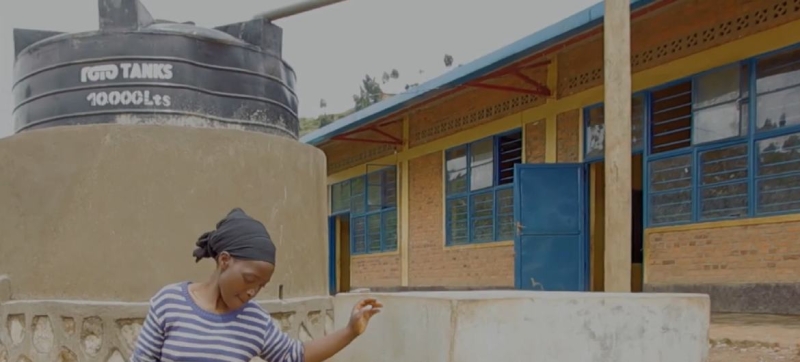
2.2 billion people still live without access to clean drinking water. UN report: water crisis is a threat to global security Sustainable Development Goals
The UN World Water Report 2024, published by UNESCO on behalf of UN-Water, highlights how tensions over water resources are fueling conflicts around the world. To maintain peace, states must strengthen international cooperation and cross-border agreements in this area.
2.2 billion people lack access to clean water
Today, 2.2 billion people still live without access to clean drinking water, and 3.5 billion lack access to safe sanitation, according to a new report prepared by UN-Water members and partners and published by UNESCO. Thus, the UN goal of achieving such access for all by 2030 is far from being achieved, and there is reason to fear that this inequality may continue to grow.
Between 2002 and In 2021, drought affected more than 1.4 billion people. As of 2022, approximately half of the world’s population experienced severe water stress for at least part of the year, and one quarter faced “extremely high” levels of water stress, using more than 80 percent of their annual freshwater supplies from renewable sources. Climate change is projected to increase the frequency and severity of these events, posing acute risks to social stability.
Girls and women are the hardest hit
The first impact is worsening living conditions, leading to reduced food security and health risks. Water scarcity also affects social development, especially of girls and women. In many rural areas they are primarily responsible for collecting water, spending up to several hours a day on this task. Limited access to water supplies compounds this burden, undermining women’s education, economic participation and security. This may also contribute to higher high school dropout rates among girls compared to boys.
Migration
Water insecurity has also been cited as a factor in migration. Migration, in turn, can contribute to reduced water security, creating additional stress on water systems and resources in settlement areas, thereby increasing social tensions. A study in Somalia shows a two-fold increase in cases of gender-based violence against a group of displaced people.
Cross-border agreements
Water resource scarcity can increase the risk of conflict. In the Sahel region, wetland degradation, often due to poorly designed water development projects, has exacerbated local divisions over access to clean water and productive soils, causing tensions.
Despite the fact that about 40 percent of the world’s population lives in transboundary river and lake basins, only a fifth of countries have entered into transboundary agreements to jointly manage these shared resources fairly. Many transboundary basins are already located in areas where there are current or historical interstate tensions. In the Arab region, seven countries were in conflict in 2021, some for many years, with far-reaching consequences for water supplies, infrastructure and potential cooperation on water-related issues.
Africa remains particularly vulnerable to interstate disputes over water: 19 of the 22 states studied suffer from water scarcity, and two-thirds of the continent’s freshwater resources are transboundary. Of the 106 transboundary aquifers mapped in Africa, interstate cooperation has been formalized in only seven.
Examples of successful cooperation
Cooperation in the management of transboundary water resources appears to be a powerful lever for maintaining peace. By creating conditions for regular dialogue between all parties and developing the necessary legal framework, such cooperation can resolve most water-related disputes, and therefore prevent the emergence or escalation of larger conflicts.
Read also:
Uzbekistan was the first in Central Asia to join the UN Protocol on Water and Health
The Sava River Basin Framework Agreement (SFA), signed in 2002 by Bosnia and Herzegovina, Croatia, Serbia and Slovenia, was the first multilateral agreement focused on cooperation for the sustainable development of the region in South-Eastern Europe. It has successfully laid the foundation for sustainable water management. Two decades after its adoption, it has become a key factor in stability in the region, and now serves as an example of best practice for other regions of the world.
The shrinking volume of Lake Chad, which has shrunk in 60 years by 90 percent, has led to a wide range of economic and security problems in the region. However, in recent years, Cameroon, Chad, the Central African Republic, Libya, Niger and Nigeria have given new impetus to the Lake Chad Basin Commission. The Commission’s mandate has expanded to include ensuring the most efficient use of the basin’s waters, coordinating local development and preventing disputes that may arise between these countries and local communities. Today, the Commission is the most suitable institution to meet the specific needs of the basin, including issues of socio-economic development and security.
These two examples highlight the fact that even in difficult situations, states There are means to implement water access and co-management policies that are fair and equitable through international cooperation and the support of the United Nations system.
